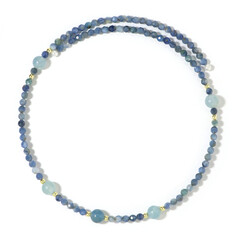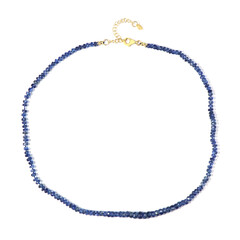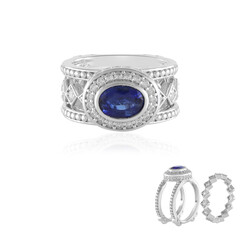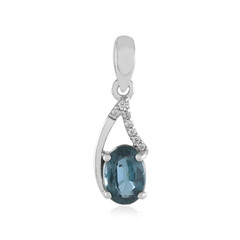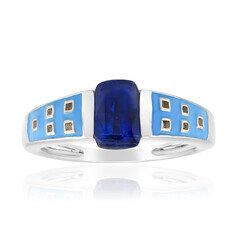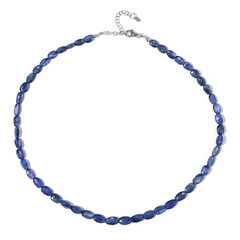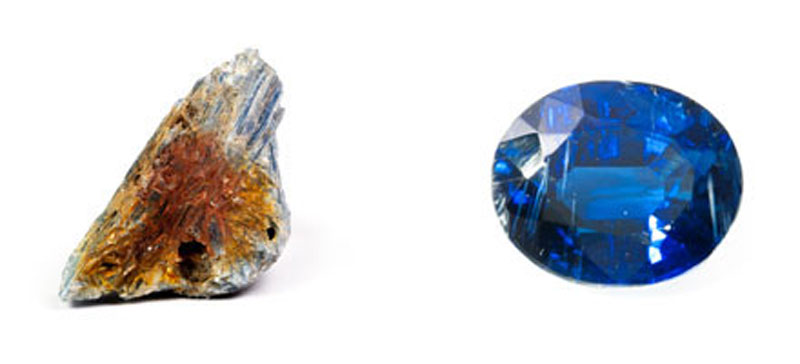
Naming of kyanite
Kyanite is sometimes called "cyanite", "disthen" or "sapparite". The common name "Kyanite" received the gemstone in 1789 by the German mineralogist Abraham Gottlob Werner. The name of this gem comes from the Greek (κύανος) and means "dark metal", "blue glass flow" or "ultramarine".
The term "disthen" (introduced in 1801 by the French mineralogist René-Just Haüy) also comes from the Greek (δις σθένος for "dual force") and refers to the strong anisotropy of the hardness properties.
Chemical composition of kyanite
Kyanite is a naturally abundant mineral that belongs to the silicate mineral family. The allochromatic (externally coloured) gemstone is colourless in its pure form, only through trace elements does it usually get its light to dark blue colour. Depending on the type and amount of foreign admixtures, the colour of the kyanite varies between blue-violet, green-blue, green, brown-white, white or grey.
Origin of kyanite
The raw material of kyanite forms in aluminum-rich sediments, which were exposed to medium to high temperatures and pressure. The most famous mining area for kyanite is the Kali Gandaki region, which is located in the border region of Nepal and Tibet. The deposit was discovered in 1995. Other sites are in Brazil, Kenya, Myanmar, Austria, Switzerland, Zimbabwe and the USA.
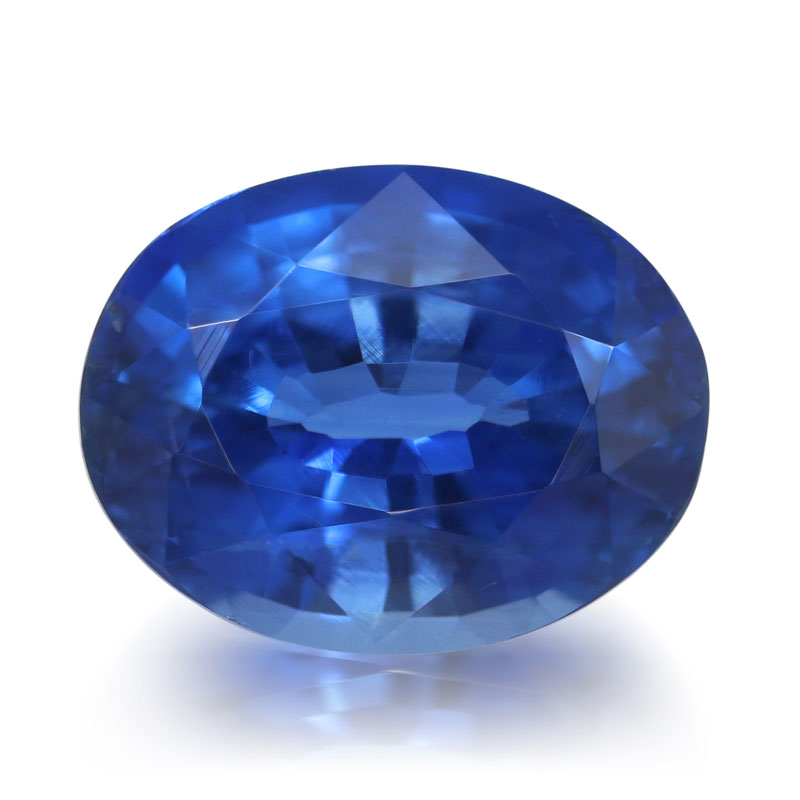
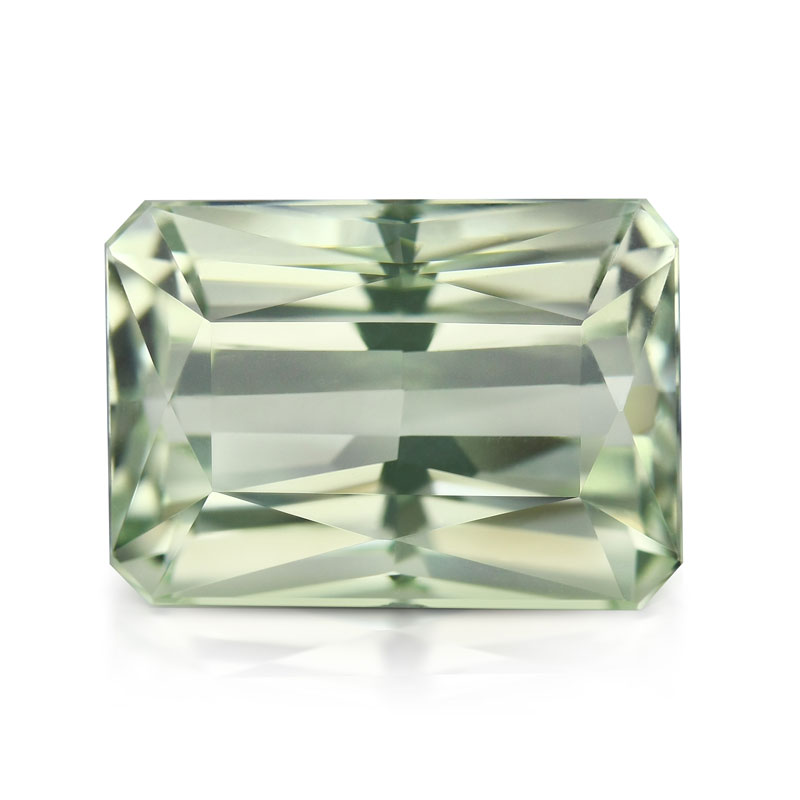
Characteristics of kyanite
Kyanites are polymorphic, which means that they have two different degrees of hardness (anisotropy). In addition, it is completely fissile and thus extremely difficult to grind. The quality of the faceting is therefore an important criterion for the evaluation of kyanite in addition to the unique blue colour.
Care for kyanite
Kyanite must not be steam cleaned or ultrasonic cleaned.




